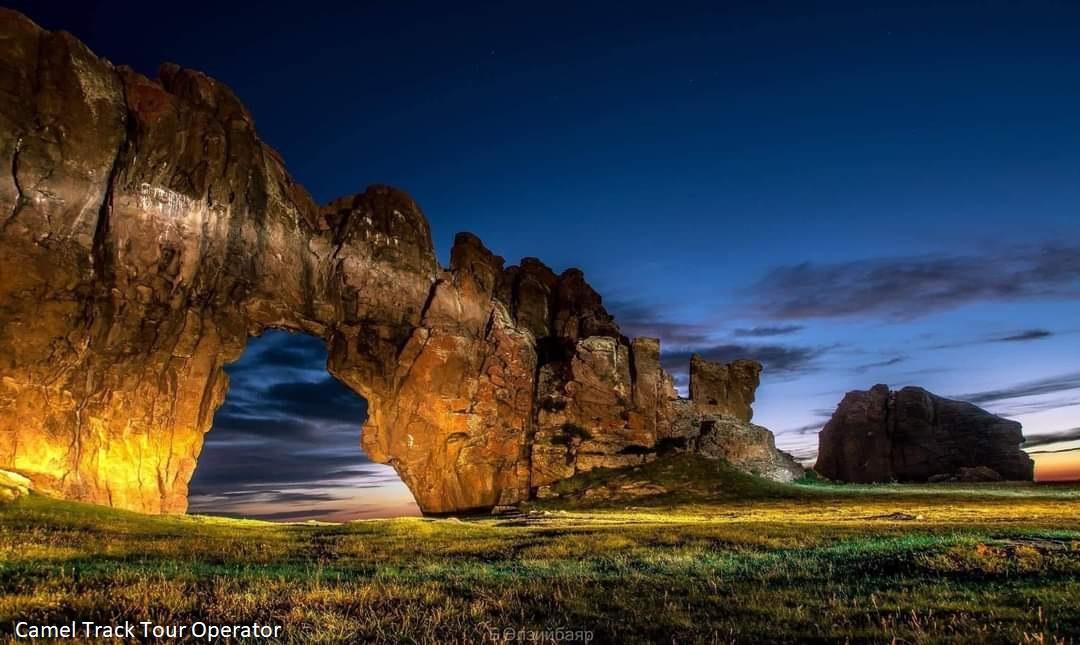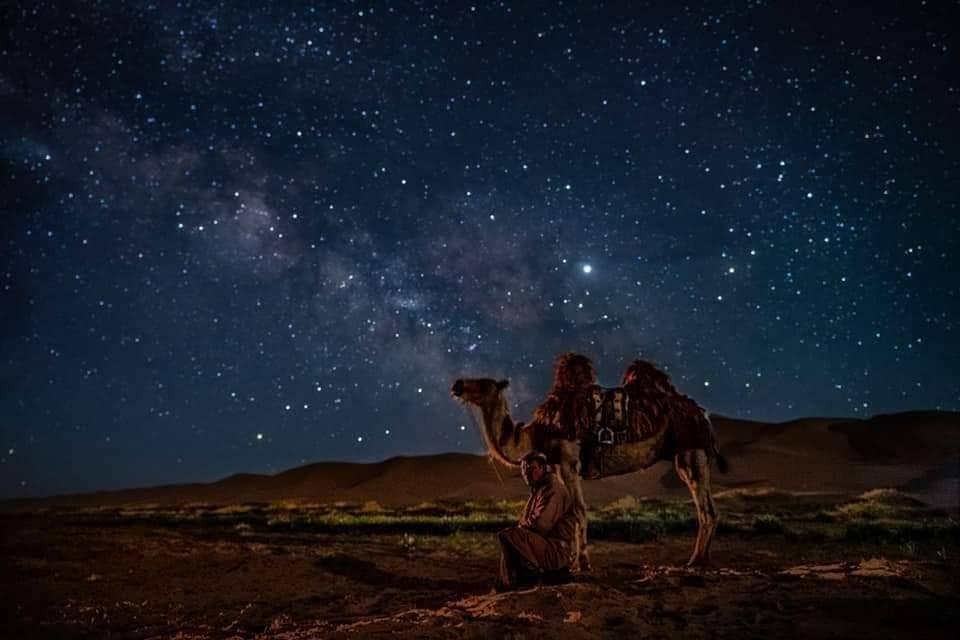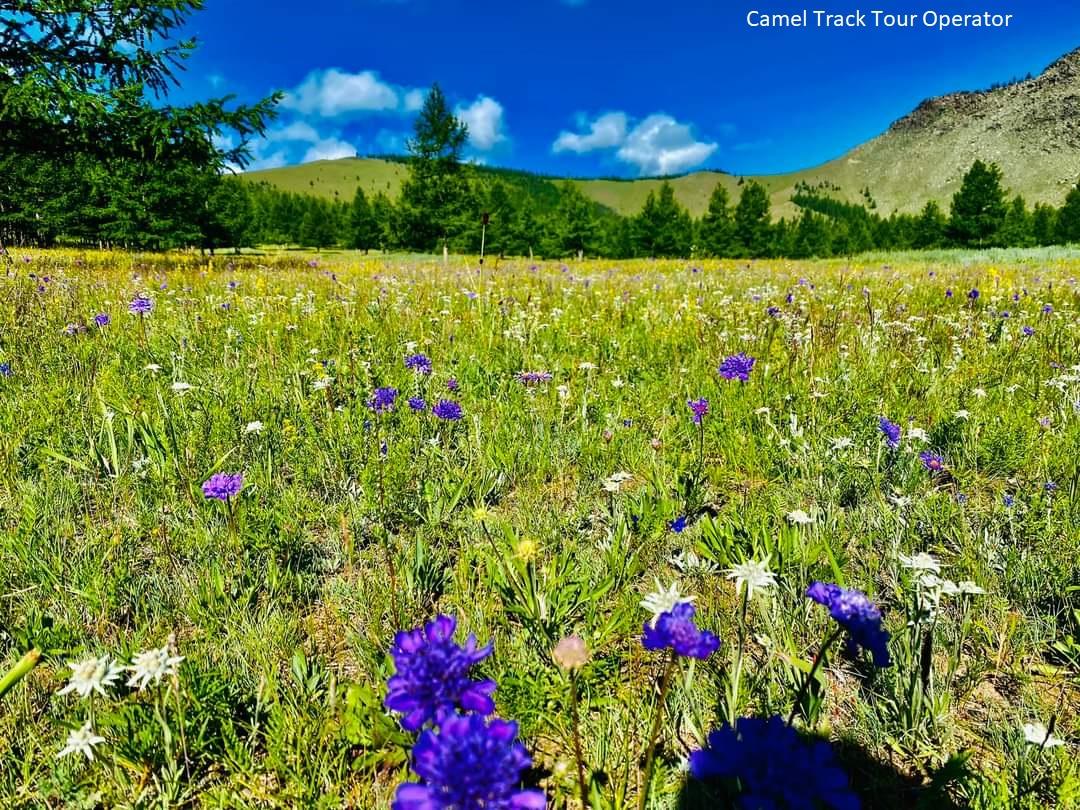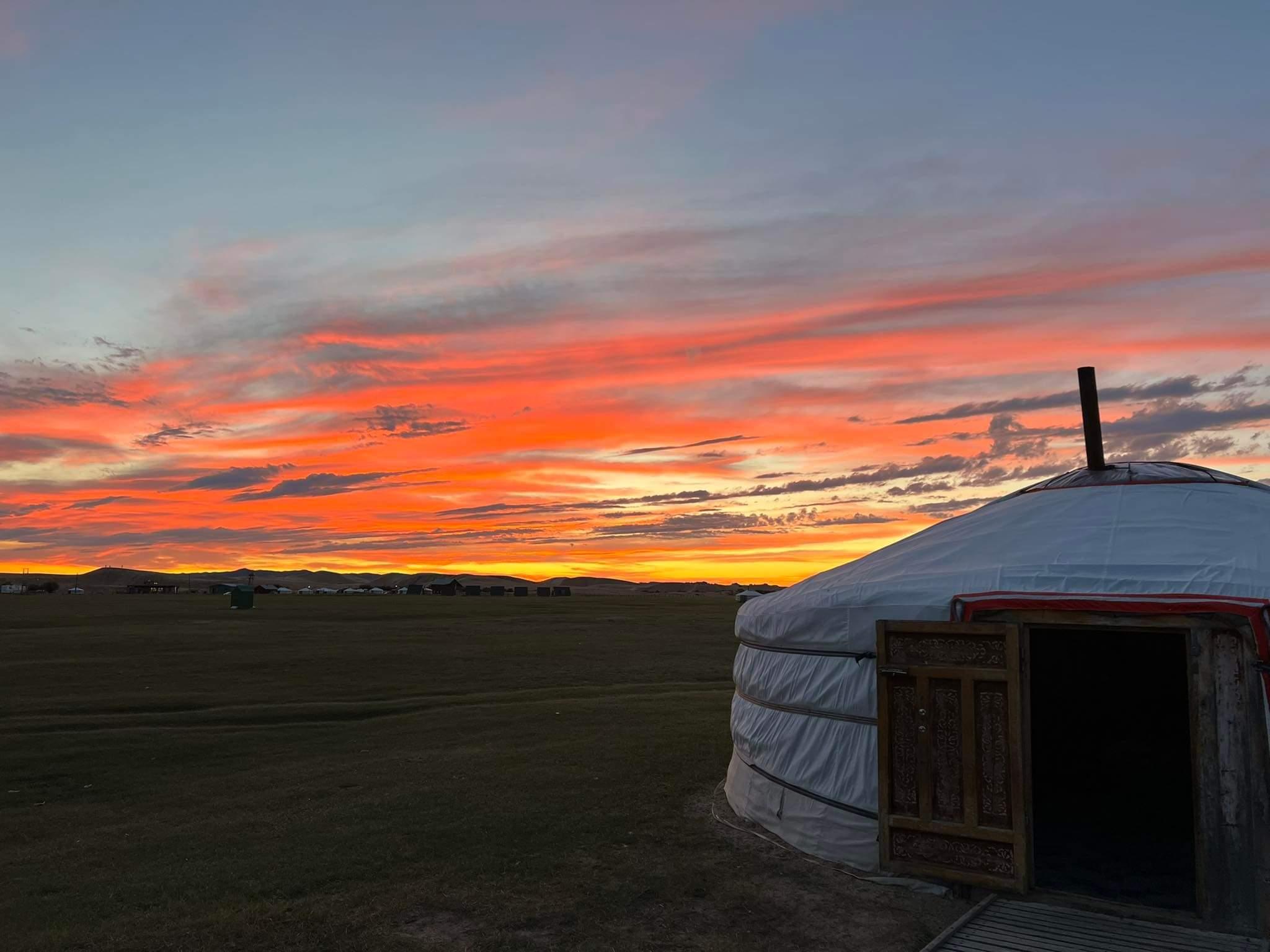MONGOLIA DESTINATION
Mongolia is truly one of the world's last undiscovered travel destinations and the safest country to visit. It is a land where you can experience wide-open spaces, cobalt blue skies, forests, deserts, crystal clear rivers and lakes, and the traditional hospitality of the nomads. Permanent dwellings are few and far between, fences even fewer and the land is owned by the people, like one large National Park. As a tremendous destination to experience the outdoors, Mongolia also boasts of unique history dating back to the Mongol Empire of Genghis Khan. Simply put, it is a land of adventure, horses, nomads, and blue sky.
-
Northern Mongolia
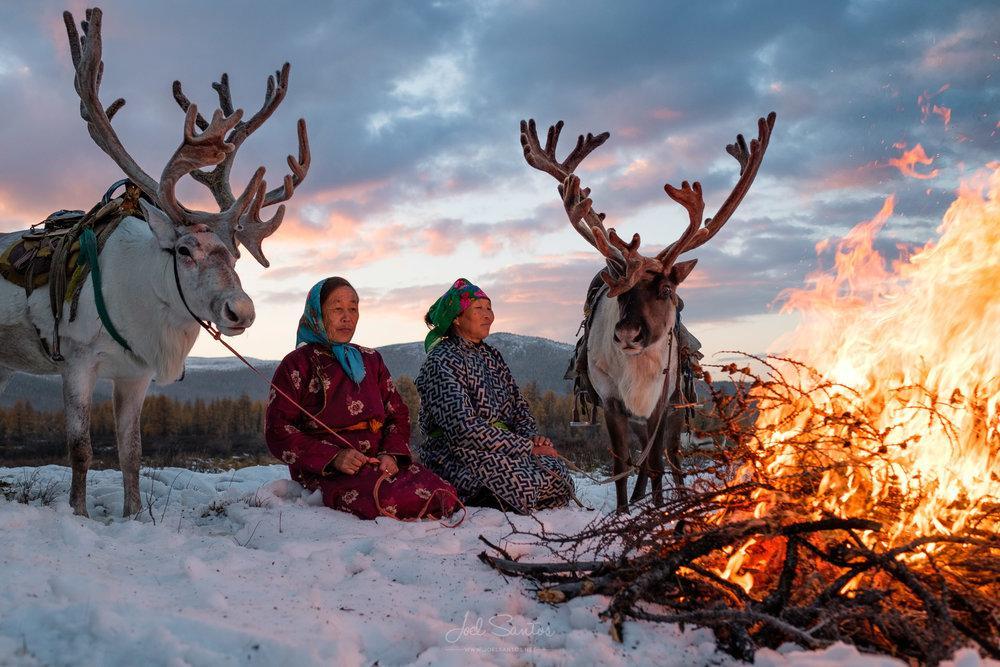 Northern Mongolia is a main travel destination of Mongolia. The Northern Mongolia is the taiga region that is the southern end of the Siberian Great Taiga Wilderness.
The highlight of Mongolia’s Northern provinces, an alpine region bordering the forests of Siberia, is pristine Khuvsgul Lake, known as Mongolia’s “dark blue pearl and Darkhad valley – there are over 200 lakes surrounded by high mountains covered with forest and extensive marshland, which is a home of reindeer people -Tsaatan ethnic minority.
Many ethnic groups of Mongolia live in this region. Especially you can see tsaatan (reindeer herders) people’s life. Also there are many unique cultural, historical and natural sights.
Northern Mongolia is a main travel destination of Mongolia. The Northern Mongolia is the taiga region that is the southern end of the Siberian Great Taiga Wilderness.
The highlight of Mongolia’s Northern provinces, an alpine region bordering the forests of Siberia, is pristine Khuvsgul Lake, known as Mongolia’s “dark blue pearl and Darkhad valley – there are over 200 lakes surrounded by high mountains covered with forest and extensive marshland, which is a home of reindeer people -Tsaatan ethnic minority.
Many ethnic groups of Mongolia live in this region. Especially you can see tsaatan (reindeer herders) people’s life. Also there are many unique cultural, historical and natural sights.
Meet Tsaatan people /Last True Reindeer Herders/

Of course, the highlight of our trip is meeting the Tsaatan nomads and their friendly reindeer. As one of the few remaining indigenous groups of reindeer herders, the Tsaatans are a disappearing culture. Staying with them is a priceless opportunity to experience their way of life while it’s still around.
Khuvsgul Lake National Park

Khuvsgul Lake National Park is one of the major tourist attractions in Mongolia. This lake is known as the second clearest water lake in the world after Baikal Lake in Russia. Water is crystal clear so that you can see the bottom of the lake when you are sailing. The lake is 136 kilometers long, 36 kilometers wide, 262 meters deep from its surface to the bottom and make up over 1% of the world’s fresh water. Khuvsgul lake is surrounded by majestic mountains covered with thick pine and larch forests where the unique wildlife of the region flourishes. There is an excellent opportunity to become acquainted with the lifestyle and traditions of reindeer breeders who live in the mountain forests close to the lake.” Highlights: The Lake is ideal for kayaking, boating, fishing, horseback riding, trekking, birding, camping, wildlife viewing, and photography.
Extinct volcano of Uran Togoo Mountain

Uran Togoo National park’s main highlight is Uran Uul extinct volcano is located on the half way point between the two major travel destinations-the Khuvsgul Lake and Amarbayasgalanr Monastery. The crater of Uran Uul volcano is about 600 meters in diameter and 50 meters in depth and has small lake at the bottom of it.
Amarbayasgalant Monastery

The Amarbayasgalant Monastery is located 360 km north of Ulaanbaatar is one of the favorite destinations for visitors. It can be reached by jeep or by a combination of local train and motor vehicle ride. Built in 1727-1736, the Monastery was the second most important in Mongolia after Erdene Zuu Monastery in Kharkhorin. The Monastery established in 1727-1736 dedicated for Mongolian Religious First Bogd Gegeen. There were 27 kinds of big and small temples. According to the Mongolian History in the 17th -19th-century Amarbayasgalant was a Mongolian greatest pilgrimage Buddhist Center. There were about one thousand lamas living chanted, studied in this Monastery. According to the history Amarbayasgalant was sacked during the repressions of in1930-1940. In 1996 it was nominated by UNESCO as a Heritage Site. After 65 years monks organized the "Tsam" Religious dance first time in Amarbayasgalant Monastery in 2002.
Uushig Deer Stone Monument

Uushig Deer Stone Monument – A deer-decorated stones in Uushigiin uver of Khuvsgul province considered as most clearly depicted deer stones in Mongolia. These deer stones were aligned from north to south in a single column. Each stone is 3-20m distant from each other and made of tetrahedral granite stone in reddish color. A deer, an arch, a shield, a horse, a knife, the moon, the sun and a mirror figured belt were engraved on the stones.
Shamanism

People in Khuvsgul most commonly practice shamanism and some of the most powerful shaman live in this area. The shamanism rituals is based on the view that besides the visible world the shaman interacts with many other worlds or universes, and that contacting the spirits is an imporant part of shamans’ work. Every day, month, and year shamans constantly do their work with poetic invocation, music, dance, and creative arts. Today northern Mongolian groups Darkhad, Tsaatan, Hotgoit, and Buryat ethnic group’s shamans still maintain the ancient shamanic traditions.



